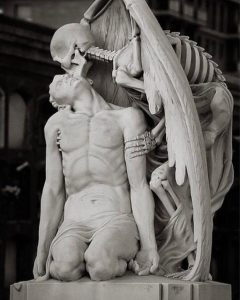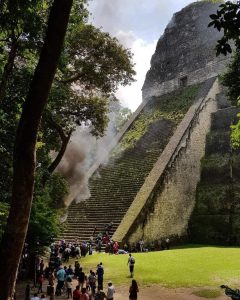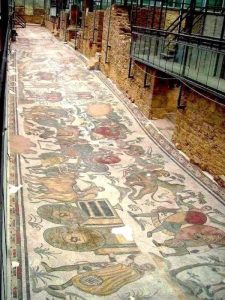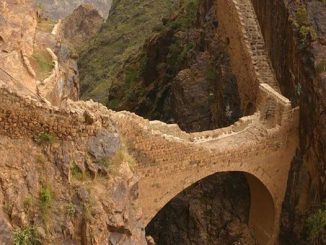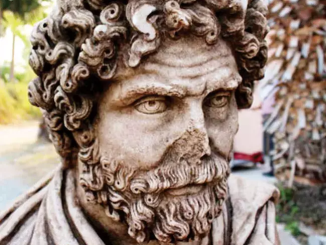In the heart of a lush Italian park, the Appennine Colossus stands as a monumental embodiment of Renaissance creativity and Mannerist art. This colossal sculpture, half man, half mountain, was crafted in the late 16th century by the renowned sculptor Giambologna as a symbol of Italy’s rugged natural beauty and human artistry.

A Forgotten Giant
Tucked away in the Villa di Pratolino in Tuscany, this towering figure has captivated visitors for centuries. Its impressive stature, measuring over 10 meters high, merges seamlessly with the surrounding landscape, creating an illusion of a mythical guardian emerging from the earth itself. Overgrown with vegetation, the Appennine Colossus appears to slumber in the forest, its presence both awe-inspiring and serene.
A Masterpiece of Landscape Art
The Colossus was not only a feat of artistic expression but also an engineering marvel of its time. Within its hollow interior lie hidden chambers that once housed an elaborate system of waterworks, allowing the statue to perform water tricks that amazed its Renaissance spectators. This blend of sculpture and landscape engineering exemplifies the period’s fascination with the interplay between art, nature, and technology.
Symbolism and Allegory
The Appennine Colossus is rich in symbolism. It represents the Apennine Mountains, with Giambologna’s mastery capturing the dynamism and power of the natural world. The sculpture is also an allegory of the human condition, reflecting the era’s philosophical inquiries into the relationship between man and nature.
Preserving the Legacy
Efforts to preserve this historic masterpiece continue, as exposure to the elements has eroded some of its features. Conservationists work to ensure that the Colossus remains a testament to the grandeur of past artistic and cultural achievements.
The Colossus Today
In today’s fast-paced world, the Appennine Colossus offers a moment of reflection. Visitors are drawn to its mystical allure, finding in it a connection to the past and an example of humankind’s timeless pursuit of beauty and understanding. The statue remains an enigmatic figure, inviting contemplation and wonder in equal measure.


